In today’s fiercely competitive market, deficiencies in product design details and performance stability increasingly impact user experience and brand reputation. In particular, products in high-precision manufacturing or consumer electronics often face significant challenges due to Stream scattering issues and High irritation phenomena, which have become major points of customer complaints. This article explores these problems from six key perspectives and presents solutions to help companies enhance product quality and gain market recognition.
First, as consumer demands for product functionality and comfort continue to rise, every detail in performance and appearance can become a focal point for users. Nowadays, users expect not only stable device operation but also interference-free usage. However, the phenomena of Stream scattering (inconsistent flow or signal concentration) and High irritation (excessive discomfort caused by materials or design) can seriously undermine the user experience, potentially leading to returns or recalls. Therefore, manufacturers must thoroughly understand market demands and address these issues specifically.
Secondly, the Stream scattering issue is primarily manifested as uneven dispersion of fluids, airflow, or signals within the device, resulting in energy loss or reduced transmission efficiency. Causes for this phenomenon may include:
Third, the High irritation phenomenon refers to the discomfort or allergic reactions users experience during product use due to factors such as material composition, manufacturing processes, or chemical additives. For example, certain plastic components or surface coatings may release trace amounts of irritating substances, directly causing skin or respiratory discomfort. High irritation not only diminishes user satisfaction but also poses long-term risks to brand reputation. Consequently, companies must rigorously control material safety and process precision to ensure that products are safe and non-irritating upon contact with users.
To address the Stream scattering issue, manufacturers can take a dual approach by focusing on design optimization and process improvement. First, during the design phase, simulation analysis and fluid dynamics modeling can be employed to optimize the internal channel layout, ensuring continuous and concentrated pathways for fluids or signals. Second, by adopting high-precision manufacturing equipment and strict dimensional inspections, the precise fitting between components can be ensured. Additionally, selecting materials with low resistance and excellent flow characteristics can greatly reduce energy loss caused by scattering.
Meanwhile, to solve issues related to High irritation, companies need to invest in improved material selection and surface treatments. Recommended measures include:
Finally, as technology continues to advance and user needs become more diverse, companies must establish a long-term mechanism for continuous improvement. Future R&D efforts could focus on smart monitoring and real-time data feedback to identify potential risks of Stream scattering and High irritation during the initial design stages. Moreover, strengthening collaboration with research institutions and industry standard bodies will help introduce more advanced materials and processes to empower products. Only through continuous innovation and optimization can companies stand out in a competitive market and earn long-term user trust.
In conclusion, Stream scattering and High irritation have emerged as key issues affecting product quality and user experience. By thoroughly analyzing the root causes, optimizing design schemes, enhancing manufacturing processes, and strictly controlling material safety, companies can not only effectively resolve existing problems but also build a higher brand reputation in future markets. Continuous technological innovation and quality improvement will bring long-term development advantages to enterprises.Contact us https://www.powsmart.com/product/electric-toothbrush/

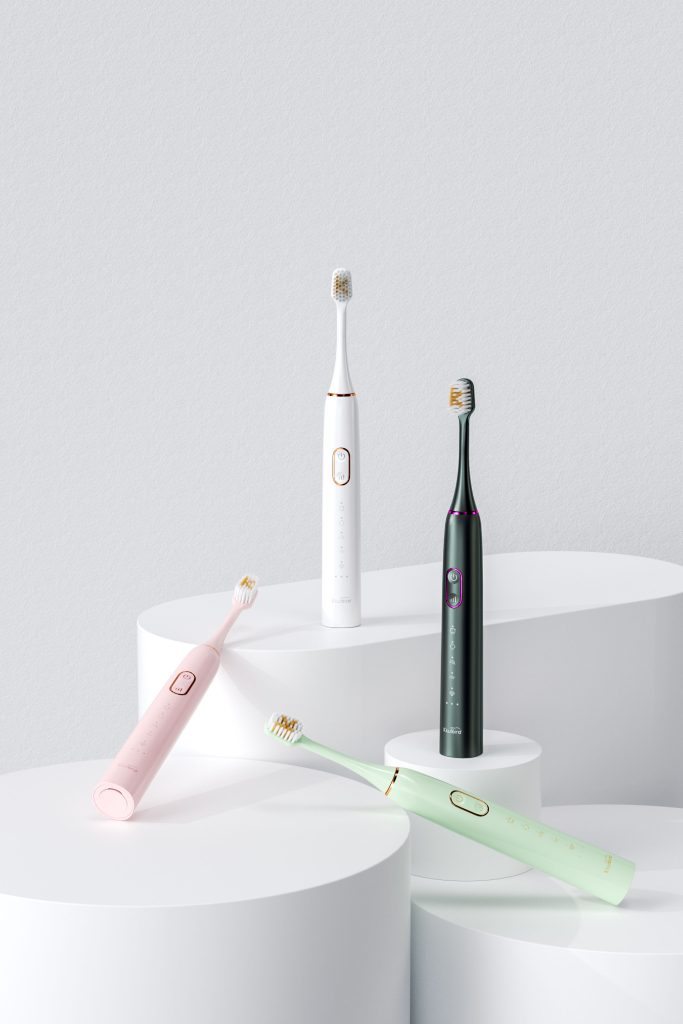
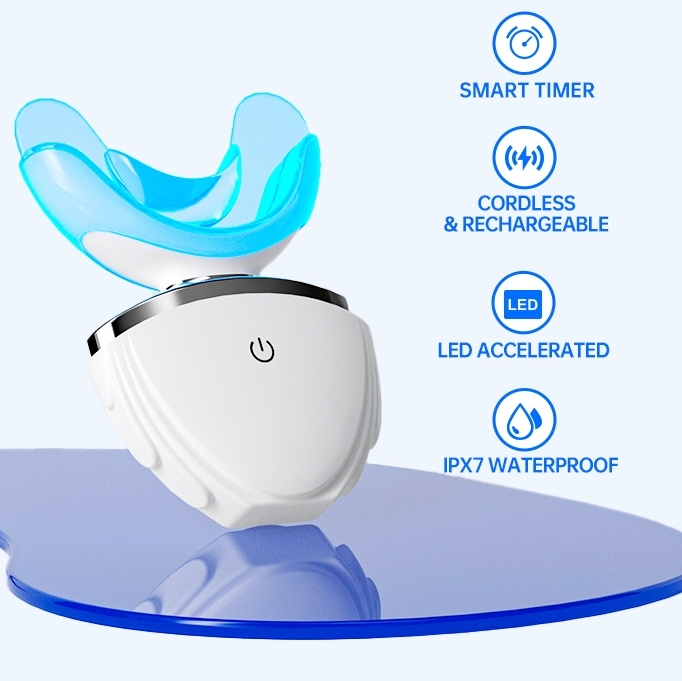

Why Is Toothbrush Quality Certification Non-Negotiable?
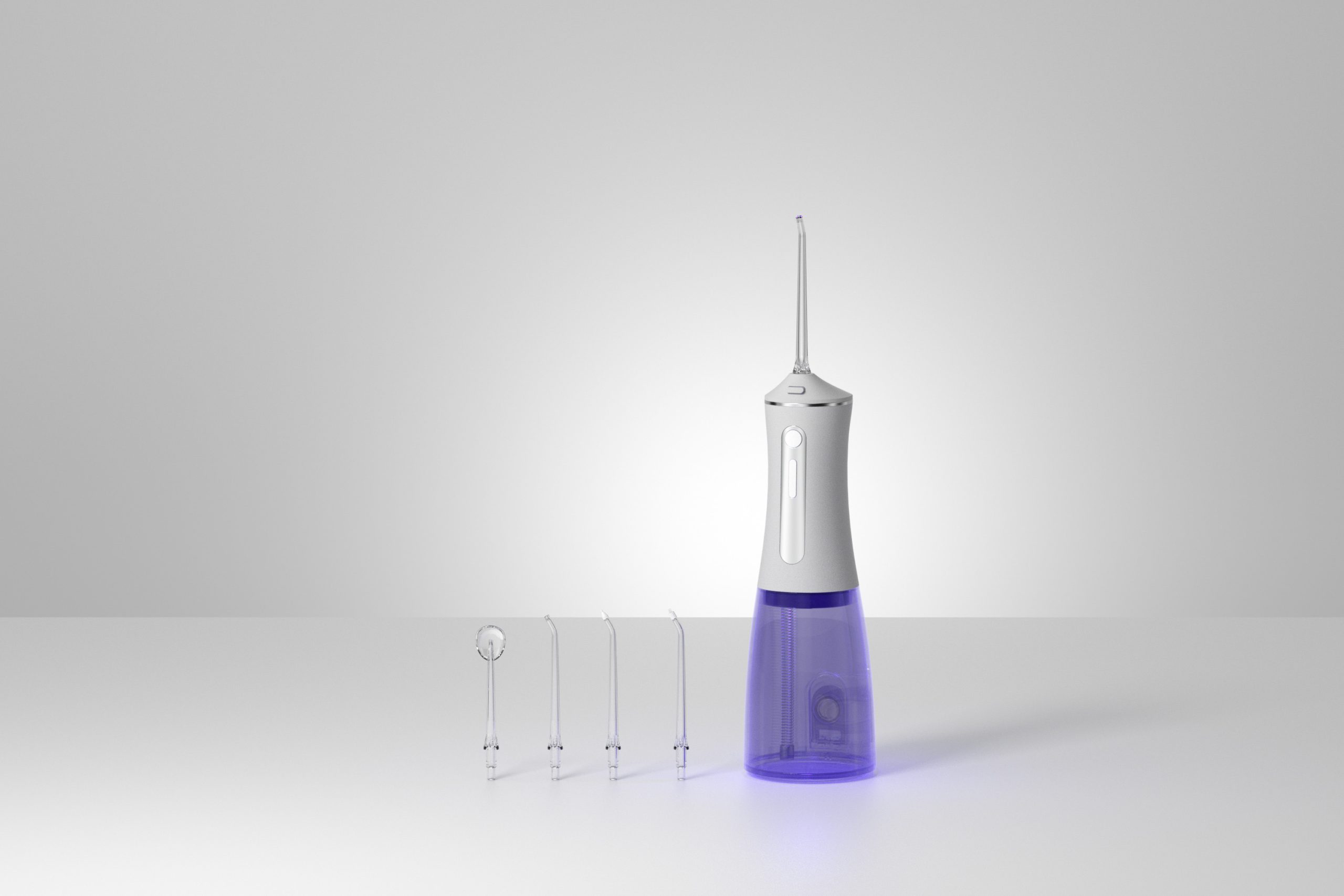
The Scope of OEM Customization of Water Flossers: How to Meet the Needs of Customers of Different Brands?
Why Do Design Flaws Cause Gum Injury in Water Flossers?

Advantages of Wireless Teeth Whitening Devices
Motor Jamming with Overheating Alerts – Linked?
.jpg)
Need a toothbrush manufacturer China that specializes in kids electric toothbrush?

Best Electric Toothbrush for Outdoor Enthusiasts – Durable & Waterproof OEM Options
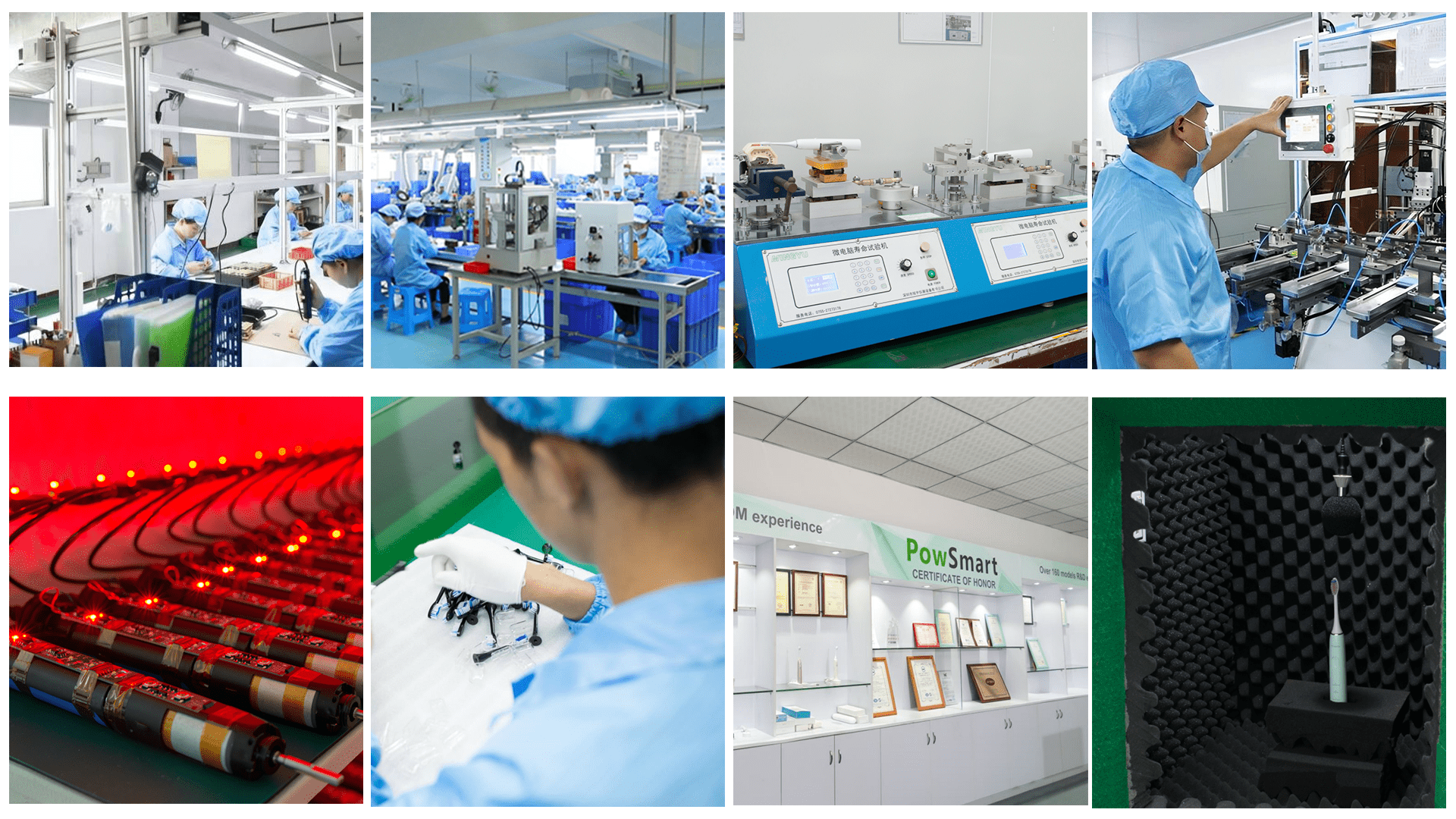
Analysis of the Core Competitiveness of Electric Toothbrushes: How to Win the Market Through Technological Innovation?
Enamel Transparency Plus Taste Loss – Permanent Damage?
Facing Brush Head Frying? Can a High Recycled Plastic Ratio Boost Durability and Sustainability?
B2B Electric Toothbrush Supplier China | Reliable Wholesale Partner

Mistakes to Avoid When Buying Wholesale Teeth Whitening Kits
ergonomic electric toothbrush handle OEM

Analysis of the Whole Process of Water Flosser Manufacturing and Production: How Do Professional Manufacturers Ensure High Efficiency and Quality?

Do You Know What PAP+ Is? Why Is It So Popular in Teeth Whitening?
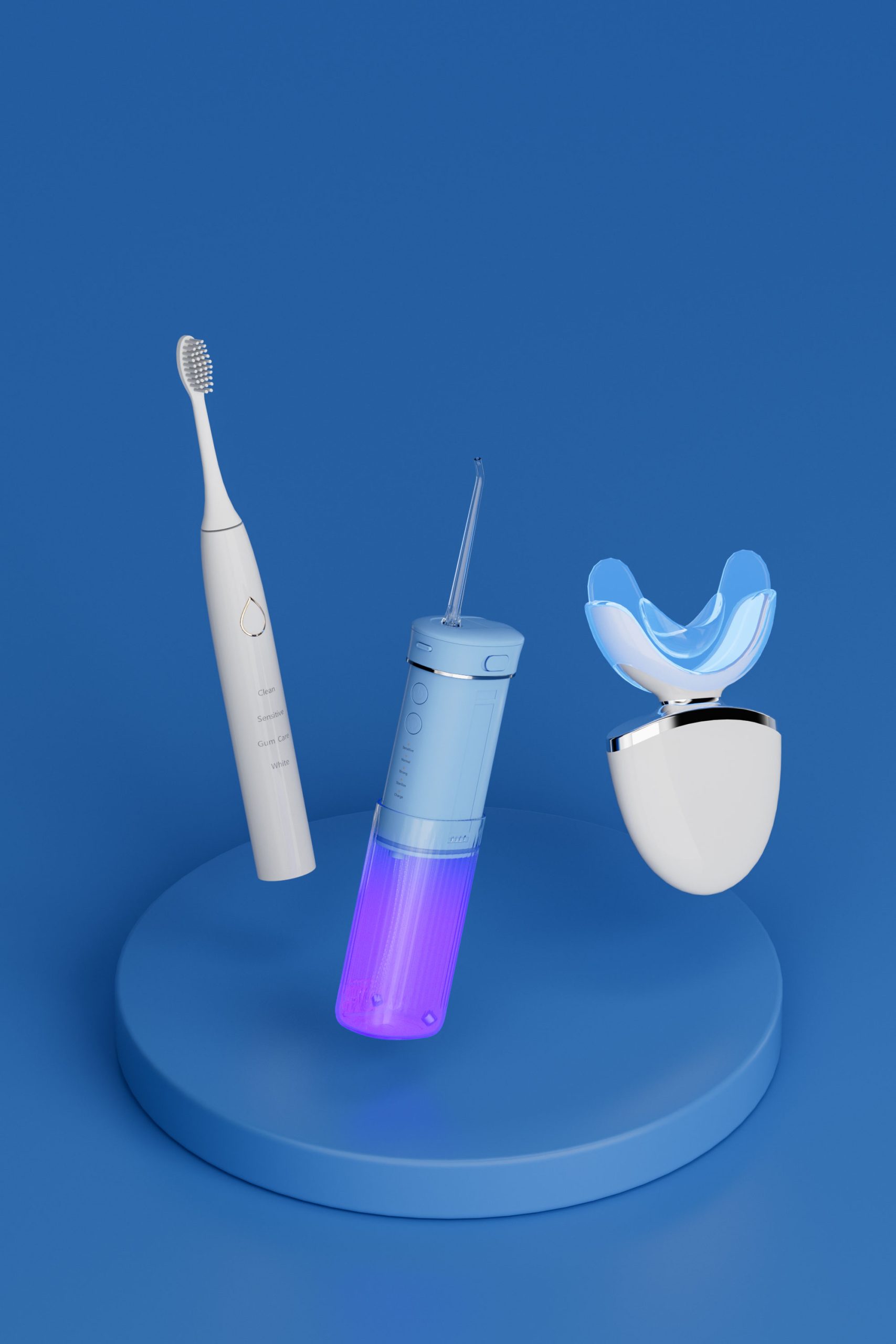
Are Water Flossers Just a Bad Idea? An Honest OEM Manufacturer’s Perspective

Private Label Whitening Gel

Customization Teeth Whitening Gel

Electric toothbrush heads Charcoal Infused-Diamond

electric toothbrush heads Regular Clean

electric toothbrush heads Charcoal Infuse-Round

electric toothbrush heads Ultra Soft

electric toothbrush heads Deep Clean
.jpg)
Florida Electric Toothbrush – Powsmart PTR-C8
whstapp
whstapp
National Toll-Free Service Hotline
+86 755 86238638